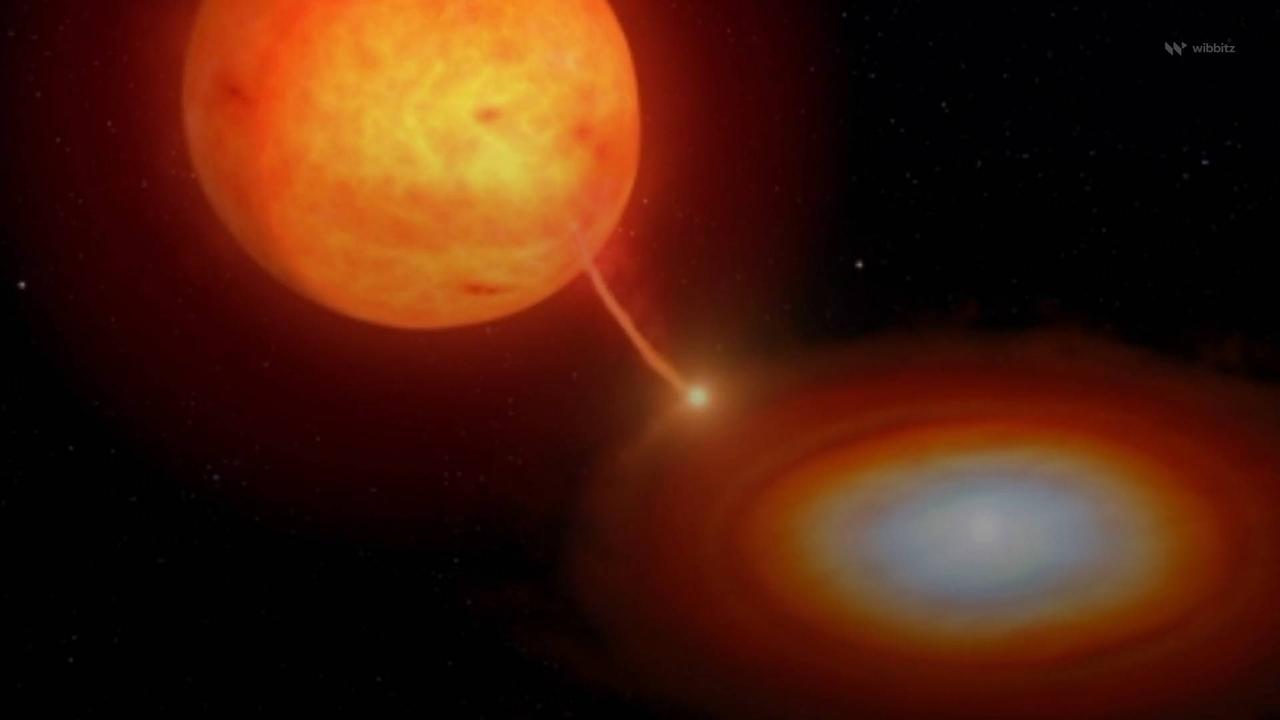
Distant Planet Shows How, Our Solar System Could Die.
In a recent study published in 'Nature,' astronomers claim to have found a darkened planet hovering around the remains of a burned-out star.
The surviving planet is around 6,000 light-years from Earth.
Astronomers say these findings may illustrate how the Earth will appear when it's nearing the end of its life cycle.
The dead star is known as a white dwarf.
A white dwarf is the remnant of a star's red giant phase.
The red giant phase in the death of a star refers to when the star expands tens of thousands of times after depleting all of its hydrogen fuel for nuclear fusion reactions.
A planet in the vicinity of a star in its red giant phase is likely to be destroyed.
Astronomers suggest the fate of this newly found planet may show what will happen to Earth when the sun runs out of hydrogen.
Science suggests the sun will burn up all of its hydrogen fuel in around 5 billion years.
During its red giant phase, the sun will have become too hot for anything to survive on Earth.
When the sun balloons outwards in what’s known as its red giant phase, it will likely obliterate Mercury and Venus and possibly Earth, Joshua Blackman, astronomer University of Tasmania, via study published in Nature magazine
